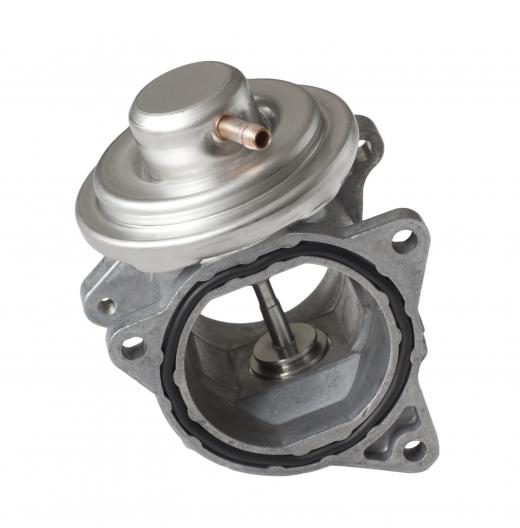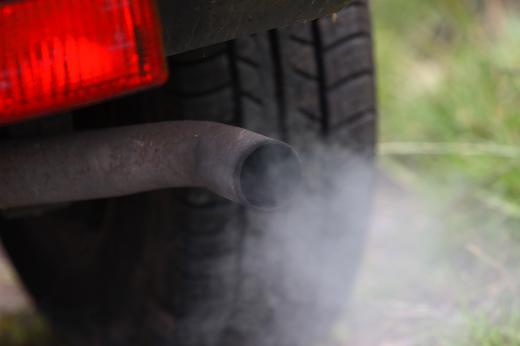An emissions inspection is an evaluation conducted to determine what kinds of emissions are being produced by a vehicle or facility, and in what volumes. In some cases, such inspections are required by law, and in others, they may be voluntary. Emissions inspectors receive special training to learn how to conduct emissions testing with properly calibrated and controlled equipment to get consistent and objective results.
Vehicle inspections are one of the most common applications of the emissions inspection. New car designs are usually evaluated for emissions to make sure they fall within government standards and people who want to register vehicles may be required to submit recent emissions testing results. If the car's emission control systems are not in working order, they will need to be repaired so the car can pass inspection. Cars that fail cannot be registered, unless there is a special exception; in some regions, for example, vintage cars are not held to the same pollution standard.

Facilities like power plants and manufacturing companies can also be subjected to emissions inspections. In this case, the systems used for venting exhaust gases are inspected to make sure they are in good working order and air samples can be collected to see what the facility is emitting. If it is within pollution tolerances, the facility receives a pass and the emissions inspection reveals that the company is generating hazardous levels of pollutants, it may be fined and ordered to take steps to remedy the problem.

One function of an emissions inspection is the protection of public health. Emissions can be hazardous, especially in high volumes, and catching them before they become a problem can limit expenses associated with respiratory diseases and other medical issues. In addition, environmental protection is a concern. Emissions of certain compounds have been linked with damage to the environment, ranging from ozone depletion to pollution of waterways. Keeping pollution low maintains environmental health and protects future generations.

The standards for emissions vary widely. Some nations have very strict requirements, while others may be more lax. Cap and trade programs, where overall pollution is capped and companies that produce less pollution than the standard can trade credits with companies producing more pollution, are one popular method of controlling pollution. Emissions inspections can be used to enforce such programs using a reliable third party, rather than self-reporting, where companies have obvious incentives to adjust the numbers on an emissions inspection in their favor if they can see a way to do so.
Ever since she began contributing to the site several years ago, Mary has embraced the exciting challenge of being a About Mechanics researcher and writer. Mary has a liberal arts degree from Goddard College and spends her free time reading, cooking, and exploring the great outdoors.

